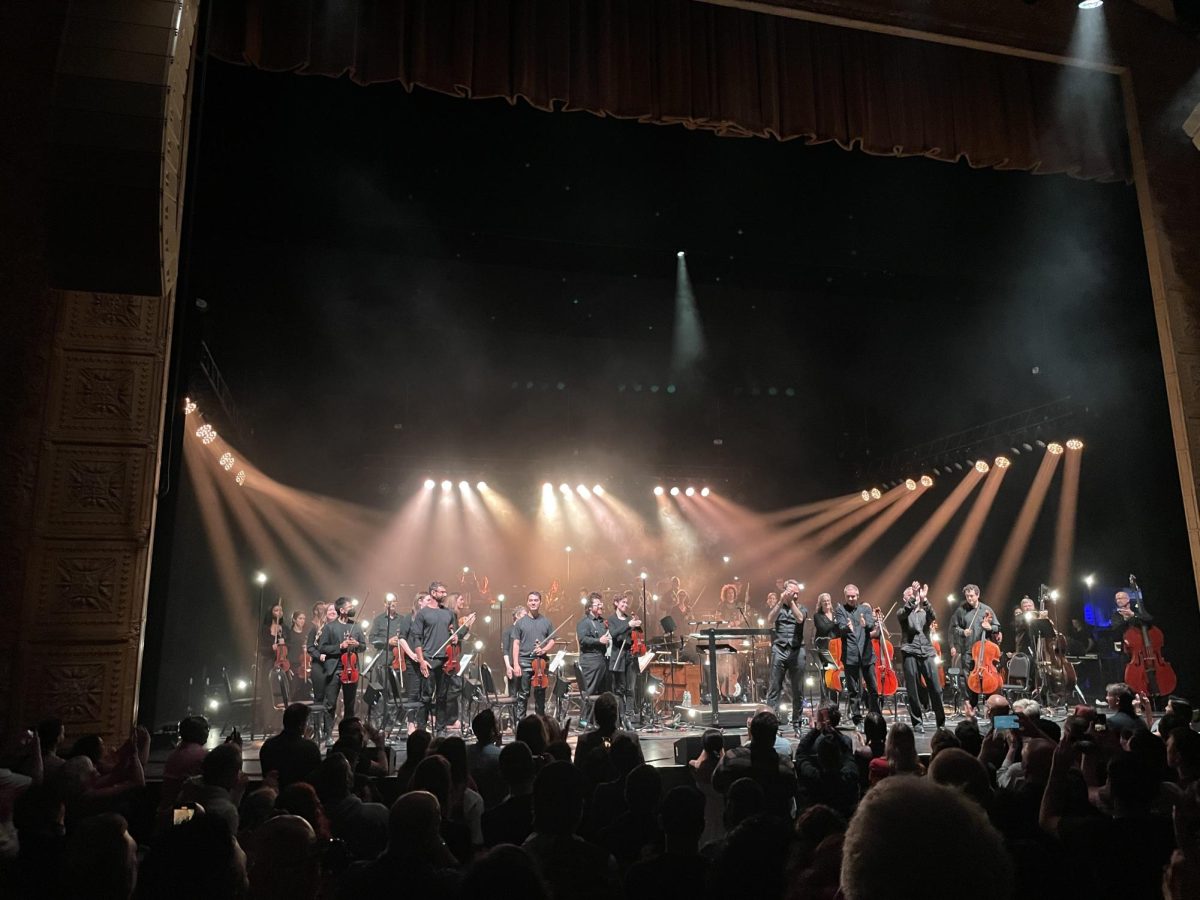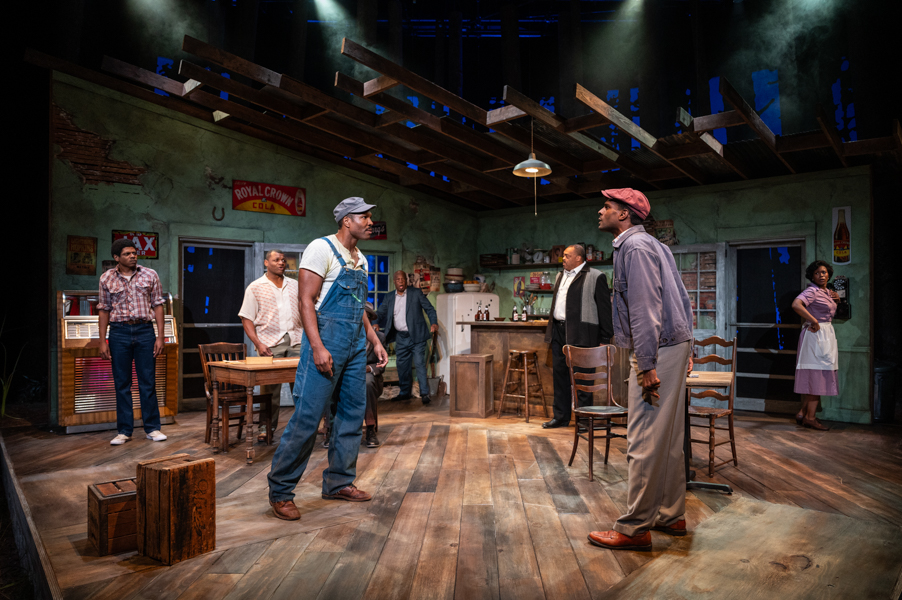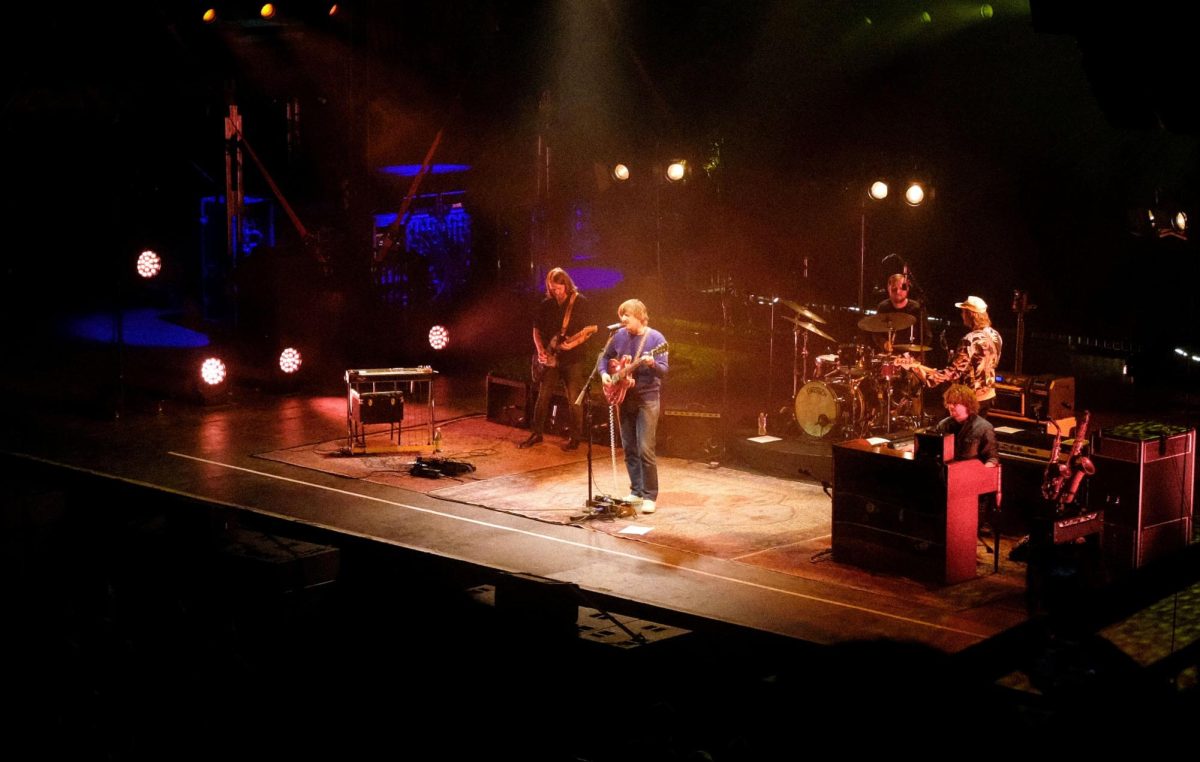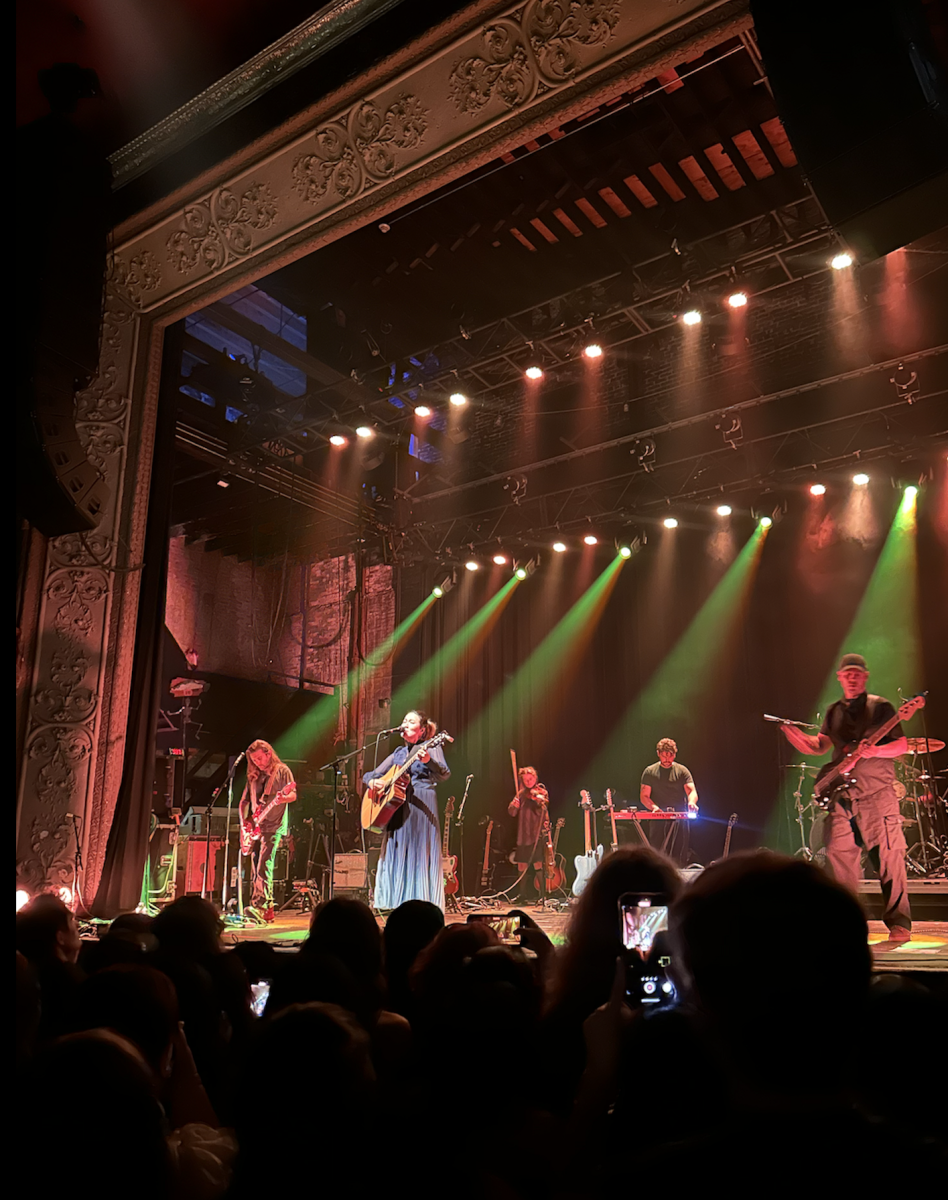[img id=”80616″ align=”alignleft”] “We love dance, and you should too” sums up the attitude of campus dance company Rhythmic Bodies In Motion (RBIM) and is also the driving force behind its upcoming show Body Language. This outlook is no command. Instead, it’s an invitation to be enriched by the many different styles of dance and to appreciate the art of dance on a grander scale. Body Language perfectly reflects this attitude in a high-voltage entertaining show that is not to be missed.
RBIM’s mission statement centers around three main ideas: diversity in dance skill, dance style, and ethnicity. “The company really stays true to this statement,” said David Fuentes, choreographer and director of RBIM. “If you look around, we’re really the most diverse student body on campus. You look at our show and people say, ‘Wow, they have almost every form of dancing,’ and we do.”
Each of these three components is put on display in Body Language. Levels of dance skill, for example, are mixed in every routine. RBIM’s auditions are primarily for placing purposes, and no cuts are made.
“In every piece, the directors make a point to [include] dancers of every skill level,” Fuentes said. “And it’s one of the choreographer’s main responsibilities to work with the dancers who have less experience. Some people have stronger jumps, some people have greater flexibility, but it’s the choreographer’s job to make sure everyone performs well.”
This kind of skill-diffusing tactic works to RBIM’s advantage—no piece sticks out as “worse” or “better,” keeping the audience’s attention on the show in general rather than comparing back-to-back numbers and their corresponding difficulty levels. In this way, Body Language avoids having a few really impressive routines composed of the strongest dancers, next to several routines full of inexperienced dancers whose performances leavesmuch to be desired. The mix of skill levels gives the show fluidity, consistency, and cohesion—and helps avoid the ever-so- common “how did that person get on stage?” reaction.
The structure of the choreography and show in general caters to the diversity of dance style. This show features jazz, modern, hip-hop, African, belly dancing, lyrical, Irish, and salsa. Second-year dancer Amulya Mandava finds the variety of dance styles to be one of RBIM’s most appealing factors.
“This show is really diverse in dance style,” Mandava said. “There’s three different hip-hop numbers in the show this year, and they’re all really different from each other. One is more old school, one is more R&B, and one is really intense and fast paced.” Thankfully, the dance styles remain diverse without falling flaccid. As Mandava explained, “This is not the kind of show where they just throw in a number that’s kind of, sort of African—they really do a good job of keeping the pieces original and authentic.”
While no individual number is without merit, a few deserve separate recognition for the superb abilities of their dancers and choreographers. Third-year choreographer Cassandra Harrison’s lyrical “Images,” Carley Demchuk’s jazz-infused “Roxanne,” and fourth-year Mary Soo Anderson’s hip-hop number “Deprogramming” offer the highest level of dance technique and energy in the show. Second-year Katie Bailey’s Irish dance “The Spinning Wheel” and Muntu Dance Theatre of Chicago guest artist Uche Omoniyi’s “Chores By The River” are extremely lively numbers that are plenty of fun to watch.
RBIM does not use Body Language only as a means to portray their diversity but extends the goal of this show further. “We put on this huge show that definitely costs tons of money, and for what?” Fuentes asked. “It’s so people can see what dance is, and so people can dance themselves. We’re all here because we have one common ground—we love dance.”







